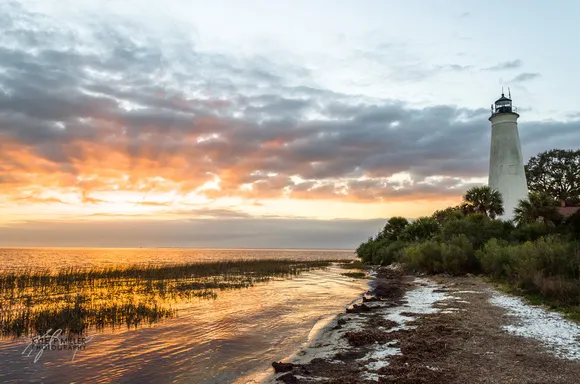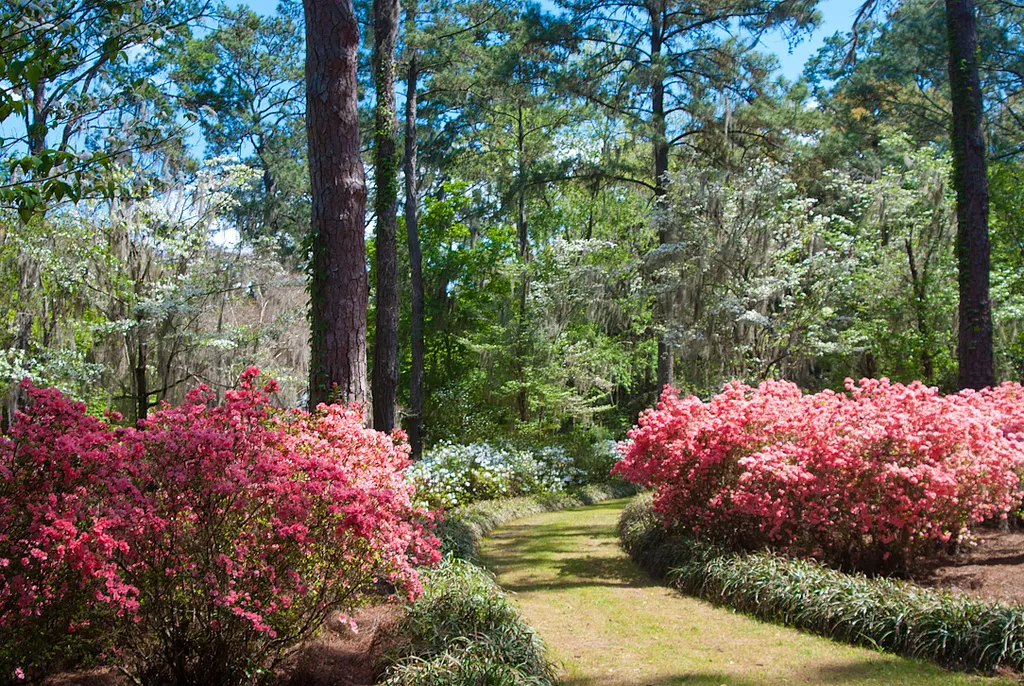Florida, renowned for its stunning beaches and vibrant amusement parks, also harbors an incredible treasure of wild nature. From coastal mangrove forests to inland wetlands, Florida is home to countless unique and rare animal species. If you are a nature lover and want to discover Florida’s unspoiled beauty, don’t miss the opportunity to visit the state’s top wildlife refuges.
This article will take you to unmissable destinations where you can admire the beauty of nature, learn about wildlife, and participate in meaningful ecotourism activities. Let’s explore the top wildlife refuges in Florida, where nature still retains its pristine and majestic beauty.
St. Marks National Wildlife Refuge: A Haven for Migratory Birds
Established in 1931, St. Marks National Wildlife Refuge is one of the oldest wildlife refuges in the United States. With a vast area of 68,000 acres, including estuaries, marshes, and ponds, St. Marks is a haven for countless migratory birds.

A highlight of this refuge is the St. Marks Lighthouse, the second oldest lighthouse in Florida, steeped in history. In addition, St. Marks is also a habitat for many other wildlife species such as alligators, black bears, wolves, and various reptiles and amphibians. Visitors can enjoy activities such as hiking, bird watching, fishing, and kayaking to explore the beauty of this refuge.
Alfred B. Maclay Gardens State Park: Harmony Between Nature and Art
Alfred B. Maclay Gardens State Park is a botanical garden and historical site located in Tallahassee. Covering 1,176 acres, this park is a U.S. Historic Landmark, known as the Killearn Plantation Archeological and Historic District. Established in 1823, the park is famous for its diverse collection of unique plants and beautiful natural landscapes.

Visitors can participate in various activities here, including bird watching, cycling, boating, fishing, and hiking. Especially in the spring, the garden becomes vibrant with thousands of flowers blooming, creating a romantic and poetic scene.
Tallahassee Museum of History & Natural Science: Discovering the Big Bend Region
The Tallahassee Museum of History & Natural Science is one of the city’s top attractions, featuring an environmental science center, several historic buildings, and a natural habitat zoo. The museum’s purpose is to educate people about the cultural and natural history of the Big Bend region.

One of the museum’s most popular exhibits is the Big Bend Farm, which recreates rural life in northern Florida in the 1800s. Visitors can tour farm buildings, observe animals, and explore houses and gardens, gaining a deeper understanding of the region’s history and culture.
Other Notable Wildlife Refuges in Florida
In addition to the well-known refuges mentioned above, Florida has many other wildlife refuges worth exploring:
- J.N. “Ding” Darling National Wildlife Refuge: Located on Sanibel Island, this refuge is home to hundreds of bird species, including flamingos, spoonbills, and great blue herons.
- Everglades National Park: As one of the largest wetlands in the world, the Everglades is home to many rare animals such as American alligators, Florida panthers, and manatees.
- Biscayne National Park: This national park protects part of Biscayne Bay and offshore coral islands, making it ideal for snorkeling, kayaking, and observing diverse marine life.
Travel Tips for Visiting Florida Wildlife Refuges
To have an enjoyable and safe trip to wildlife refuges in Florida, you should note the following:
- Time: Spring and autumn are ideal times to visit, as the weather is cooler and less rainy.
- Clothing: Wear comfortable, breathable clothing and hiking shoes.
- Essentials: Bring sunscreen, a hat, sunglasses, insect repellent, and drinking water.
- Safety: Follow the refuge’s regulations, do not feed wild animals, and maintain a safe distance from them.
- Research beforehand: Research the animals and plants you may encounter, as well as activities and trails to explore.
Conclusion
Florida is not only a famous tourist destination with beaches and amusement parks, but also a treasure trove of wild nature with many valuable wildlife refuges. Exploring these refuges not only brings you exciting and memorable experiences but also helps you better understand the importance of nature and wildlife conservation. Plan your trip today and discover the unspoiled beauty of Florida!